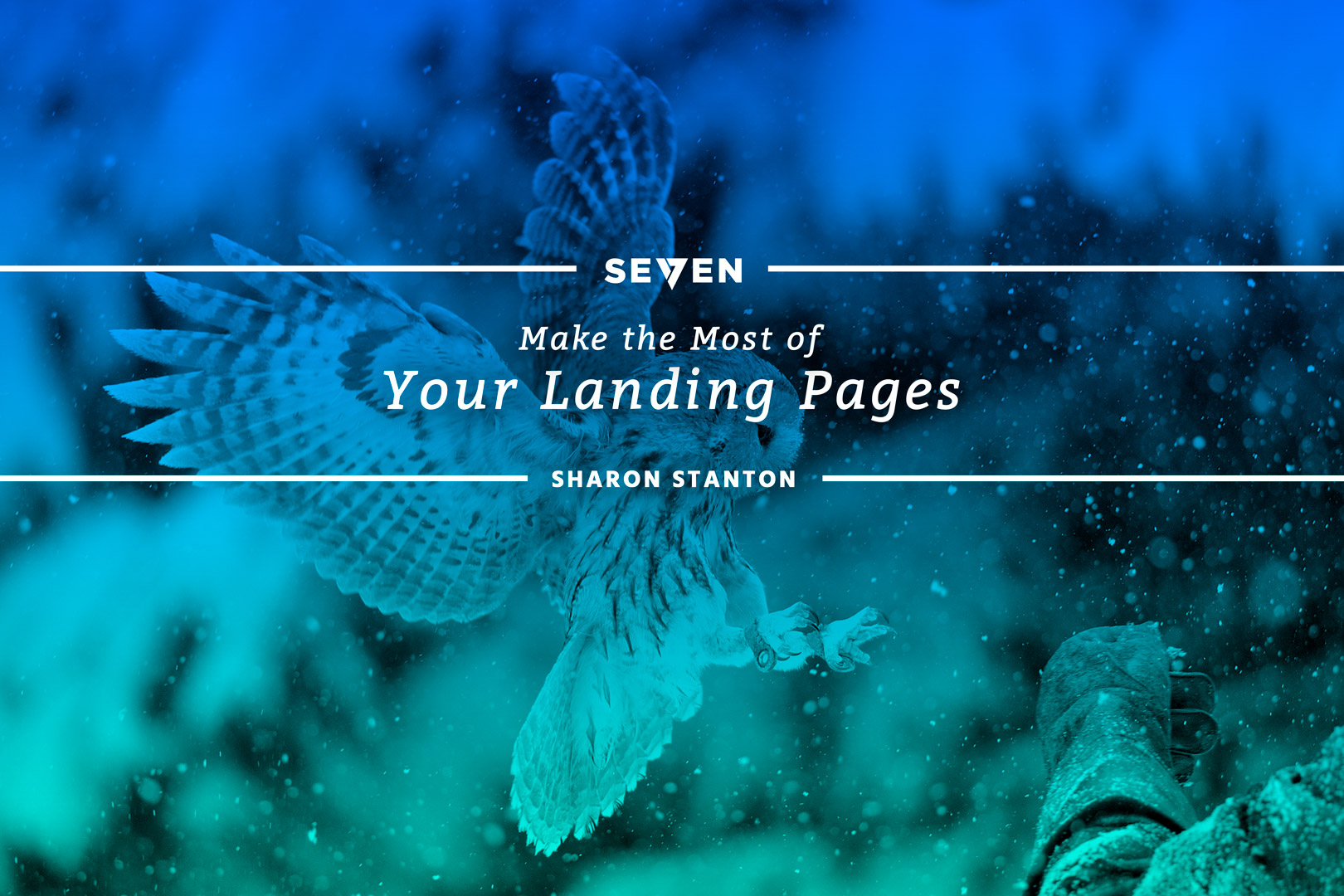What does a landing page need in order to work?
What does “work” mean in this context, and what is a landing page, anyway?
First things first! A landing page is a web page (often associated with an offer) where visitor traffic is sent specifically to take a desired action. Landing pages frequently have a unique URL associated with them (e.g.: yourdomain.com/offer).
You will know your landing page is working when you start to see an increase in activity and conversions. Your content tracking efforts will be a big help here. Three tools that can help are Google Analytics, Unbounce and Optimizely. The quality of your leads will speak to your landing pages’ effectiveness, as well.
A generally successful landing page will include these main elements:
- Headline: A landing page headline should speak to your readers’ needs, and succinctly state that you understand their problem, and have the solution.
- Offer: This should be a brief description and include how you will solve your customers’ problem, and how you are different from your competition. Sound like a lot for a brief description? You’re right. Effective landing page copy can be some of the trickiest to compose, because you need to accomplish a lot with as few words as possible.
- Supporting images: Keep imagery strong and to a minimum. Consider using gifs if you are trying to show how something works. (In some cases they can be more effective than video, because they offer an instant demonstration.)
- Call to action or contact form: You want one or the other here. If you have a “Learn more” or “Get the offer”-type button, don’t include a contact form, too. A contact form is a call to action, and you don’t want more than one call to action on a landing page.
What else does a top-notch landing page need?
- Your visitors should not be surprised when they arrive at your landing page. It must reflect whatever call to action got them there in the first place. (In other words, don’t pull a “bait and switch” maneuver. No one likes that.)
- Communicate clearly (but simply!) the value of what you are offering.
- The action you want people to take – complete a contact form, download a coupon, or click to subscribe or purchase – should be “center stage”.
- Do not include your website’s main navigation. This keeps people engaged on the page because there is nothing to distract them or take them elsewhere. If you feel you must include it, consider using a hidden menu that will be less distracting.
- Keep the contact form short. (Real world scenario: I recently abandoned a landing page offering a value I was interested in because the contact form was so long. I figured there had to be a catch because they were asking me so darn many questions.)
Here are some examples of strong landing pages.
Landing pages are a great way to test the waters for a new product or offer. They can be relatively quick to put together, and allow you to clearly see what is working and what is not.
Are you using landing pages in your business? What’s working for you? Share your thoughts in the comments!
This article was originally posted on March 10, 2015. It has been updated to include the most current information.




